Seiler ED186 Grand Piano
CAD 58,955.00
-
The ED Seiler 186 is the most interesting 6’ piano in the $30,000 price category to have hit the market in the last 10 years. It delivers on multiple points, and with a substance that goes well beyond romantic descriptions and vague references to German heritage that plague so much of the mainstream factory-built piano market.
Its wide tail design, in combination with its 6’2” frame, gives players a bass string that approaches some 7’ instruments. The use of Renner action, Abel hammers, pre-stretched Roslau string, and hand-wound bass strings gives a tonal foundation far more akin to $50,000 products from Germany and Japan.
It uses thick, aged maple and beech rims that deliver an enormous level of cabinet resonance, and the Membrator planing method, applied to its old-growth alpine soundboard material, creates tonal activation at such a soft level that at times it feels like playing a concert grand.
Quite simply, any serious player in the market for a Yamaha C3x or Kawai GX3 would be remiss to pass the ED186 by without serious consideration.
Description
Product Overview
The ED Seiler 186 is the larger Indonesian-made version of the full German Seiler SE186 grand piano. The entire ED Seiler project is a novel one in the industry, as what has been attempted is an Asian-built copy of a current German-made product. It’s been a common practice for German branded (or actual German) companies to build a secondary line in the marketplace by enlisting the help of Chinese factories. But unlike those situations, Seiler owns both factories and brands and was, in essence, able to build the German pianos without vast modifications at the Indonesian factory, resulting in the ‘replica’ label.
The piano – already larger than the typical consumer instrument – manages an even longer bass string through the use of the wide-tail design. They pre-stretch their Roslau blue piano wire and fit the instrument with Abel hammers, solid alpine quarter-sawn spruce soundboard material, maple and beech rim, duplex scale, and Seiler’s patented membrator soundboard planing method.
It’s a broad, thoroughly complete tone with tons of dynamic range – and a perfect solution for those looking for a 7’ tone without the 7’ footprint.
Action
Ed Seiler’s use Renner action components, ordered to Seiler spec, as well as hornbeam / aluminum frames that are rigid and amongst the best in the factory-class pianos – certainly at a similar construction level to a Yamaha CX action frame.
The motion is fluid and the keybed is nicely reinforced, with no “knock” or additional lost energy through the cabinet of the piano.
All other components are directly manufactured by the company, so it’s an entirely ‘in-house’ product. The repetition is quick and beautifully controlled mid and upper dynamic ranges.
Tone
The ED186 tone is as warm as its smaller version the ED168, but increases the clarity and separation in the lower and mid ranges.
Overall the piano could be described as powerfully dark, an instrument that will ultimately deliver the kind of depth that pianists yearn for in a smaller piano, without the accompanying shrillness that “loud” pianos so often arrive with. A near-perfect grand for a smaller space within a mainstream budget.
Hammers
The ED186 uses Abel hammers from Germany – easy to tell from the green underfelting. The hammer that Seiler selected is a heavier weight, with medium brightness, contributing to the piano’s overall character. By using the same German hammers as what the German factory uses, the piano maintains a unity of character rarely seen between mid and high-end piano ranges of the same brand. Perhaps the GX Series to Shigeru Kawai or Yamaha SX to CF is the only other two that come to mind that have a similar unity.
Soundboard
The type of wood that a soundboard uses has a major influence over its behavior as well as its longevity – after all, all soundboards over time flatten and lose their luster. However in the case of Seiler, it’s not just the wood (in this case Austrian white alpine spruce), but the way in which it’s cut.
Seiler developed a planing technique called the “Membrator” which augments the sustain and makes the board more active at lower energy levels. It’s entirely unique within the industry, and can visually be seen on all ED Seiler and SE (German) Seiler pianos on both uprights and grand pianos.
Rim/Cabinet
ED Seiler uses an inner/outer rim structure and makes use of beech and hard-rock maple material, a similar composition to that of Kawai’s well-known Shigeru Kawai line. The resonance is the highest we’ve ever observed on a non-Japanese Asian-built piano, and could easily be mistaken for a traditional German piano such as August Forster or…more aptly, the German Seilers.
The aesthetic treatment of the ED Seilers is perhaps the most obvious part of what sets them most apart in their category or price range. Thick high-quality polyester, authentic brass, and nickel hardware, beautifully cast and sprayed plates, and elegant styling augments the entire body of the piano.
Specs
| Size | Length | 6′ 2″ |
| Width | 60″ | |
| Weight | 705 lbs | |
| Warranty | 10 Year FULL Manufacturer’s Warranty |
Reviews (0)
Be the first to review “Seiler ED186 Grand Piano” Cancel reply
You must be logged in to post a review.
You may also like…
Grand Pianos
Schimmel Grand Pianos
Schimmel Grand Pianos
W. Hoffmann Grand Pianos
Grand Pianos
Grand Pianos
ED Seiler (Eduard)
W. Hoffmann Grand Pianos
Related products
Grand Pianos
Grand Pianos
Grand Pianos
Grand Pianos
Grand Pianos
Grand Pianos
Grand Pianos
Grand Pianos
Grand Pianos
Grand Pianos
Grand Pianos
Grand Pianos

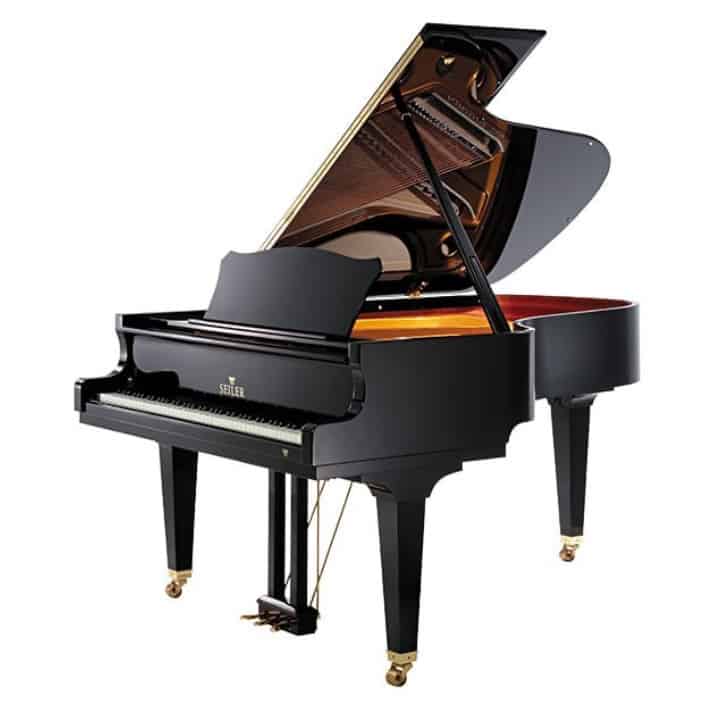
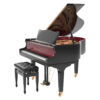

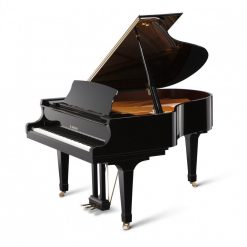







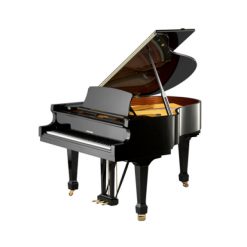

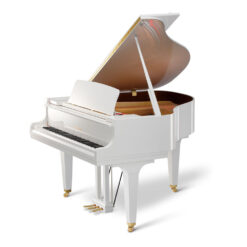



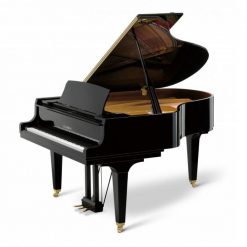
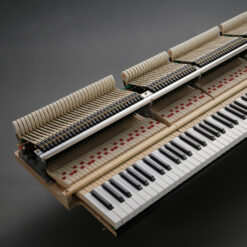
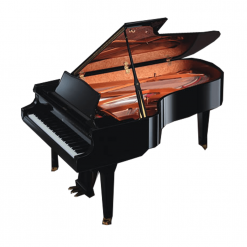



Reviews
There are no reviews yet.